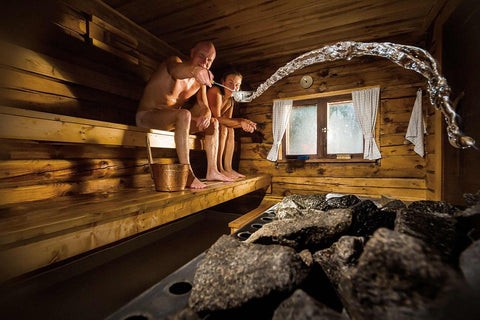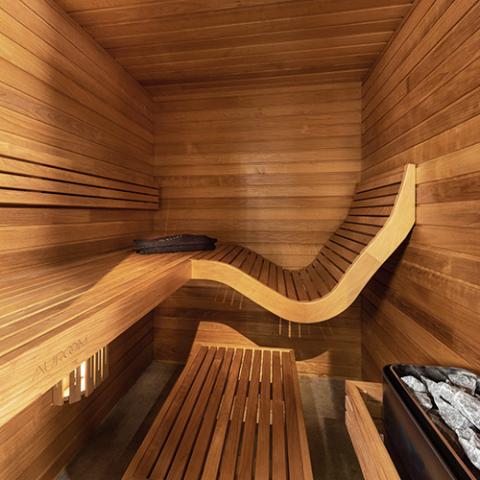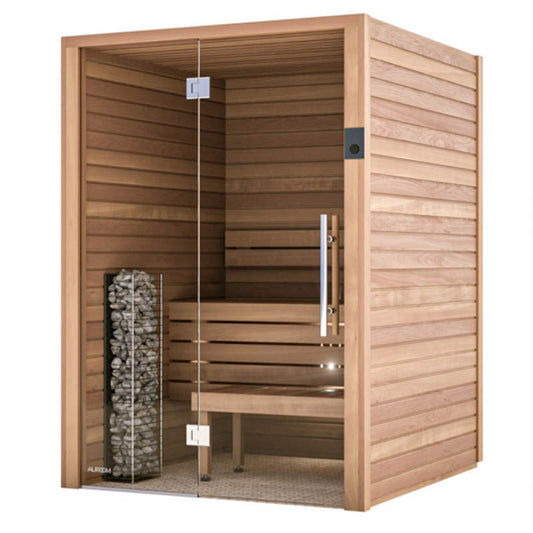What Does Traditional Sauna Do?
What Does Traditional Sauna Do?
Blog Article
The Single Strategy To Use For Traditional Sauna
Table of ContentsAbout Traditional SaunaSome Ideas on Traditional Sauna You Should KnowEverything about Traditional Sauna10 Simple Techniques For Traditional SaunaGet This Report on Traditional Sauna
A lot of the weight lost in a sauna is water loss and is re-gained upon rehydrating. However, certainly sauna can be a fundamental part of a healthy and balanced weight-loss program. To take a look at the differences between standard and IR saunas, I will certainly divide these right into proven, theoretical, and produced differences.Thus, the most popular factor in the saunawhich goes to the ceiling straight above the sauna heateris typically between 185 and 190 F. Claims that a traditional sauna goes beyond 200 F is merely not real and not applicable for electrical saunas sold in the US. The temperature for a far-infrared sauna is typically established in between 120 and 140 F; nonetheless, unlike the typical sauna, the objective in and IR room is not to achieve a high temperature.

When a standard sauna has been appropriately warmed, the sauna walls are cozy, the air temperature level has achieved set temperature level and the rocks are extremely heated. As an interesting side note, the warmed walls and the rocks are discharging far-infrared heat, integrated with the warmed air, to produce an "covering warm".
The Basic Principles Of Traditional Sauna
When the heat is accomplished, the elements cycle on and off to keep the heat. The majority of conventional sauna customers enjoy pouring water over the rocks to produce heavy steam to elevate sauna moisture degrees. The benefits of pouring water over the rocks consist of: making the area more comfy, dampening the nasal flows, and enabling the use of aromatherapy by mixing essential oils with the water.

When the power enters the body, it triggers the body temperature to enhance and inevitably leads to sweat. In an infrared sauna it's crucial for the emitters/heaters to remain on almost frequently. Because there is no mass of rocks to retain warm, the sauna will cool if the emitters closed off.
A Biased View of Traditional Sauna
As stated over, the sauna bather in an infrared area wishes to position himself in front of operating emitters to obtain maximum benefit from the heat. The home heating time for both areas can be extremely various, depending on how the spaces are utilized. For a conventional sauna, a bather ought to allow 30-40 minutes for the space to achieve a desired temperature and to properly pre-heat the rocks.

A well created sauna will commonly accomplish a temperature of 150-160 F in about 30-40 minutes (Traditional Sauna). For hotter temperature levels, the space might require to heat for a longer period. Once the room achieves established temperature, the heating system will certainly cycle on and off, generally running concerning 50% of the moment. The insulated walls and the heated rocks will keep the area warm and at steady temperature levels.
To some, 15 minutes was "wasted" while the infrared power warmed the timber panels as opposed to heating up a body, while others locate a pre-heated area to be more comfortable and think an elevated beginning temperature is needed to start perspiring. The length of recommended usage for each and every area is approximately the very same (10-15 minutes per session); nonetheless, as a result of the reduced air temperatures and the capacity to feel the results of infrared warmth much faster than visit our website a conventional sauna, it is not unusual for an individual to invest an overall of 20-30 minutes in an infrared sauna.
Traditional Sauna Things To Know Before You Get This

The average expense per kWH of electrical energy in the U.S. is about $0.11, so a 4.5 kW heating system will set you back approximately $.50 to compete one hour, if the heating unit runs constantly go now for one hour. Normally a sauna heating unit will run for 75% of the very first hour and 50% of subsequent hours on given that the aspects cycle once the established temperature is achieved.
A 2 individual far-infrared space is generally physically smaller sized than a conventional sauna, frequently about 4' x 4' or smaller sized. The IR heater is commonly 1.5-1.7 kW making use of a 120 volt 15 amp plug-in service. Because the room can be made use of faster than a sauna area, we will presume the space is used for to of an hour consisting of warm up time.
There is a rarely reviewed difference in the social experience between the two areas. While our society has actually shed a look here few of the social advantage of the traditional sauna experience, it can be really socially gratifying (Traditional Sauna). From household time in the sauna, to heart-felt discussions with better halves, to sauna partiesthe conventional sauna experience can cause intimate socializing
The Ultimate Guide To Traditional Sauna
Most higher end infrared rooms include tinted light treatment, noise systems and full-glass fronts.
Report this page